Is this a Dudleya?
borrego
18 years ago
Related Stories
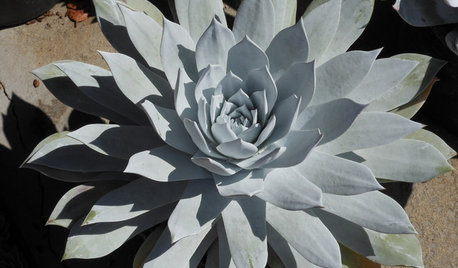
GARDENING GUIDESGreat Design Plant: Dudleya, a Dramatic California Native
Set up this succulent in native conditions and see just how little care it needs to thrive in the landscape
Full Story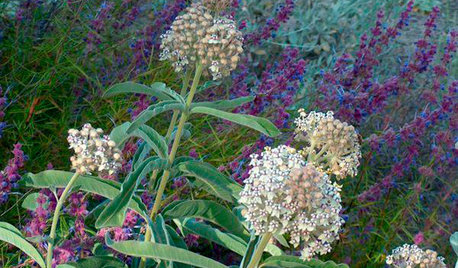
GARDENING GUIDES10 Top Native Plants for Southern California Gardens
Enjoy a fuss-free, water-wise garden by growing plants naturally in tune with the climate and wildlife of Southern California
Full Story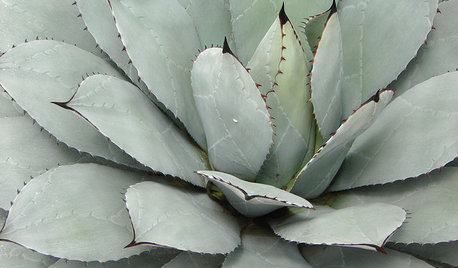
FOLIAGEGet a Cool Garden Look With Gray and Blue Plants
Looking for plants that calm with color in the heat of summer? Look no further than these 14 soothing beauties
Full Story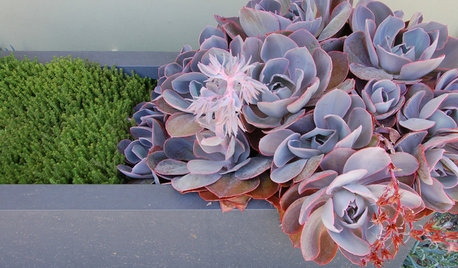
SUCCULENTSGrow a Garden of Succulents for Easy Beauty
Low-water plants in a wide range of colors, shapes and sizes? Sign us up — and check out our faves here
Full Story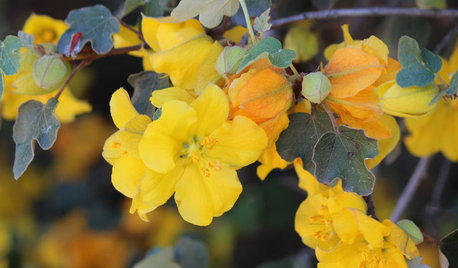
CALIFORNIA GARDENINGCalifornia Gardener's May Checklist
Only one major chore but a plethora of planting possibilities means a delightful month in California gardens
Full Story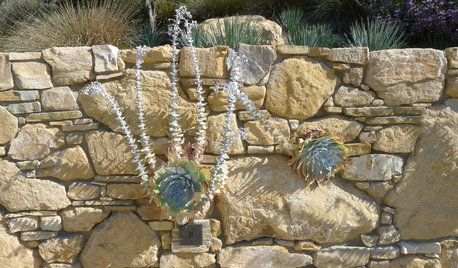
PLANTING IDEASPlanting Ideas: Life in the Crevices
Discover the beautiful planting opportunities hidden in rock walls, paver spaces and other garden gaps
Full Story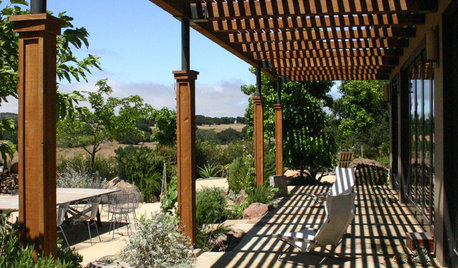
PATIOSPatio Details: A Shaded Patio Opens Up the View in Wine Country
A Douglas fir and metal pergola offers shelter from the hot sun on this scenic California property
Full Story
INSPIRING GARDENSNative Plants Bring 10 Southern California Front-Yard Gardens to Life
Rare plants, rain gardens and wildlife habitats are just a few of the features showcased on the 2016 Theodore Payne Native Plant Garden Tour
Full Story





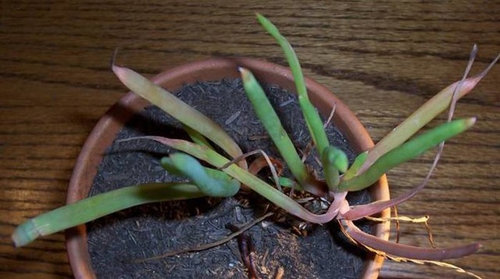
desert_gardner
baci
Related Professionals
Lyons Landscape Architects & Landscape Designers · Winder Landscape Architects & Landscape Designers · Clermont Landscape Contractors · Burlington Landscape Contractors · Cliffside Park Landscape Contractors · Columbine Landscape Contractors · Fort Mill Landscape Contractors · Louisville Landscape Contractors · Oklahoma City Landscape Contractors · Tavares Landscape Contractors · Vallejo Landscape Contractors · Fontana Swimming Pool Builders · Godfrey Window Contractors · Minnetonka Window Contractors · Mokena Window Contractorssjv78736
buckhem
dvl_
jeff_harris
sjv78736
rjm710
jeffrey_harris
sjv78736
baci
jeffrey_harris